快速集成认证服务-HarmonyOS平台
我们可以通过在应用中集成认证服务SDK来轻松快速地向用户推出注册、登录等相关功能。下面来介绍如何在HarmonyOS平台集成使用AGC认证服务。
集成内容
通过harmony sdk插件集成AGC 验证服务,在AGC上开启认证服务,并添加手机验证与邮箱验证两种方式,同时端侧集成SDK调用后由AGC发送验证码至手机或邮箱,输入验证码和密码后完成用户注册。
集成准备
- 安装DevEco Studio开发工具,并熟悉Harmony应用的开发流程。
- AGC创建工程并开通服务。
a)在AGC创建Harmony应用并开通验证服务。
启用手机和邮箱验证
3、DevEco Studio中创建Harmony工程
a)打开IDE工具,选择File-New-New project,选择Java语言编译模板后,点击Next进入创建工程配置界面。
注意选择应用(Application),包名和AGC创建的应用包名相同。
b)将agconnect-services.json文件拷贝到项目的entry模块的目录下
c)配置Maven仓地址和AGC插件地址。
打开harmony项目级build.gradle文件。
在allprojects ->repositories里面配置maven仓地址。
在buildscript->repositories中配置maven仓地址。
在buildscript->dependencies中配置AppGallery Connect插件地址。
测试环境需要配置内部私仓地址,正式环境需要配置外部正式仓。
d)添加编译依赖和集成SDK。
打开harmony项目应用级(entry)的build.gradle文件,添加插件地址。
在“dependencies”中添加添加agconnect-core的编译依赖和crash SDK。
e)entry (hap)模块添加配置信息
enrty模块的config.json文件的module/abilities中,加入如下配置,注意包名的替换。
f)同步工程配置
4、配置签名信息
Harmony应用安装到真机进行测试,需要配置签名信息,有手动签名和自动签名两种方式,具体可以参见:配置签名信息。建议优先使用自动签名方式,如自动签名失败,可以选择手动签名方式。这里使用自动签名方式:
a)连接真机设备,确保DevEco Studio与真机设备已连接,真机连接成功后如下图所示
b)进入File > Project Structure > Project > Signing Configs界面,点击“Sign In”按钮进行登录,选择Debug,勾选Automatically generate signing,点击try again即可自动进行签名。自动生成签名所需的密钥(.p12)、数字证书(.cer)和Profile文件(.p7b)会存放到用户user目录下的.ohos\config目录下。
设置完签名信息后,点击OK进行保存,然后可以在工程下的build.gradle中查看签名的配置信息。
登录AGC,进入“用户与访问”-“证书管理”,点击新增证书,上传前面生成的.csr文件,类型选择调试证书
完成签名配置后即可点击安装应用到调试设备。
功能实现
手机验证登录布局设计
参考如上布局,四个文本框输入分别输入国家码、手机号、密码、验证码,点击验证后收到验证码短信,输入验证码,点击登录,完成注册和登录布局代码如下:
验证和登录:
输入国家码、手机号、后点击Verify,返回验证码发送成功日志,手机收到验证码,输入密码和验证码后点击Login返回登录成功日志:
页面跳转到登录成功页面:
验证和登录代码如下:
2、邮箱验证登录布局设计
参考如上布局,三个文本框输入分别输入邮箱号、密码、验证码,点击验证后收到验证码短信,输入验证码,点击登录,完成注册和登录,布局代码如下:
输入邮箱号后点击Verify,返回验证码发送成功日志,邮箱收到验证码,输入密码和验证码后点击Login返回登录成功日志:
页面跳转到登录成功页面:
邮箱验证和登录代码如下:
功能测试
在登陆成功后,打开AGC验证服务,在后台查询数据:
使用手机和邮箱注册的用户在后台均有显示账号信息和验证次数,验证次数与请求验证次数相同;
在AGC上删除账户,再次使用相同用户名和密码登录会报用户名或密码错误
在停用账户后登录会报账户已禁用错误。
欲了解更多更全技术文章,欢迎访问https://developer.huawei.com/consumer/cn/forum/?ha_source=zzh

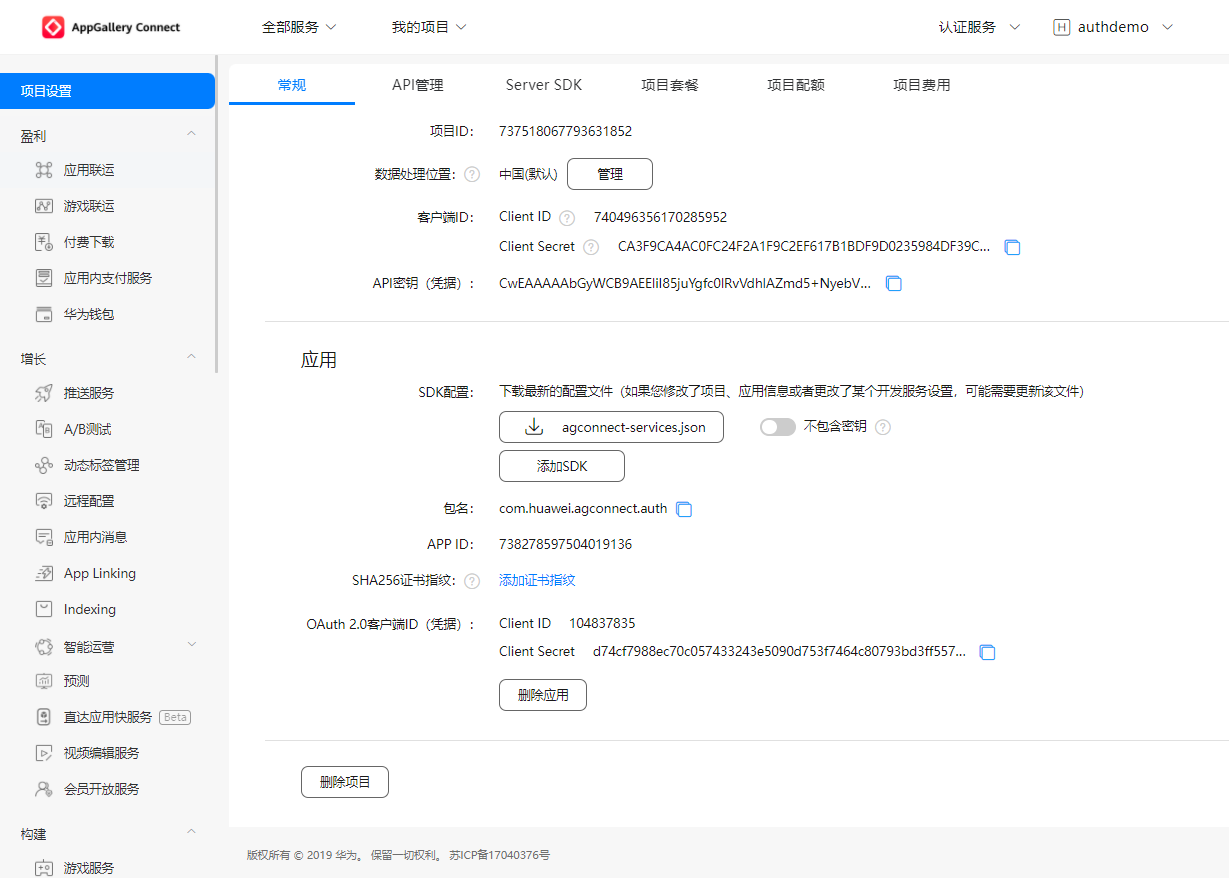


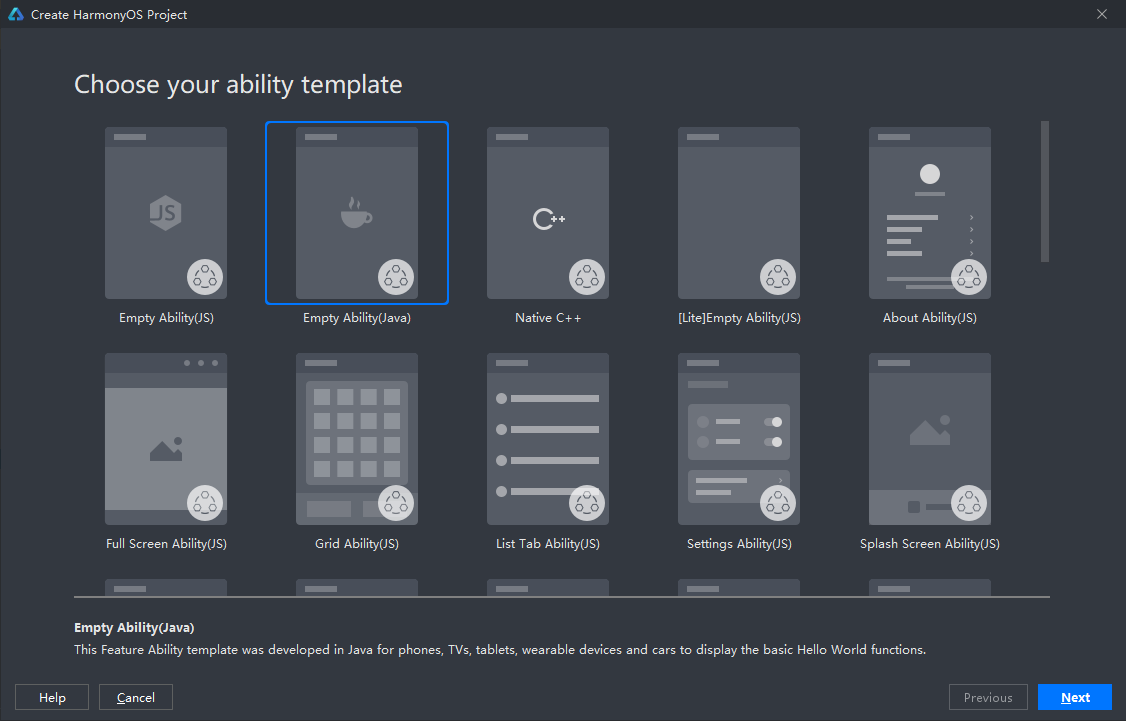
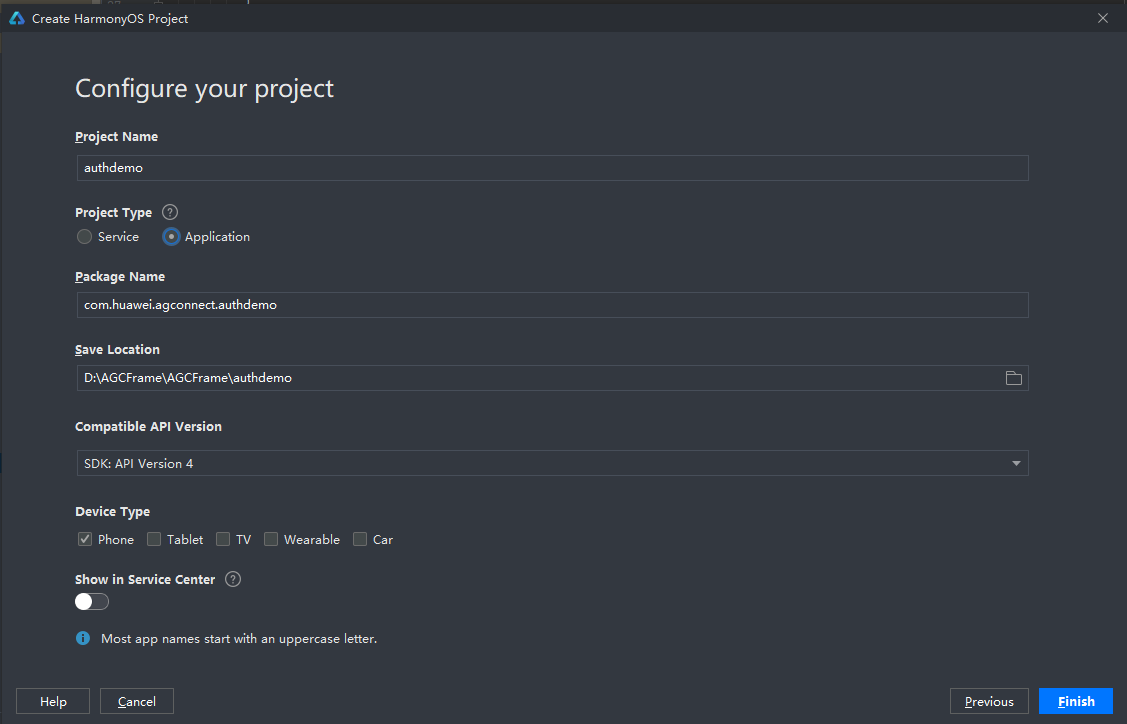
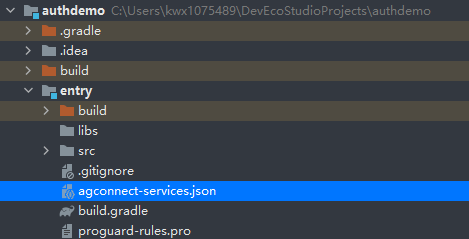


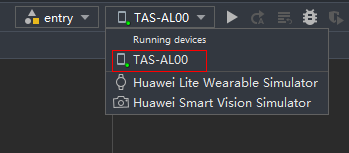
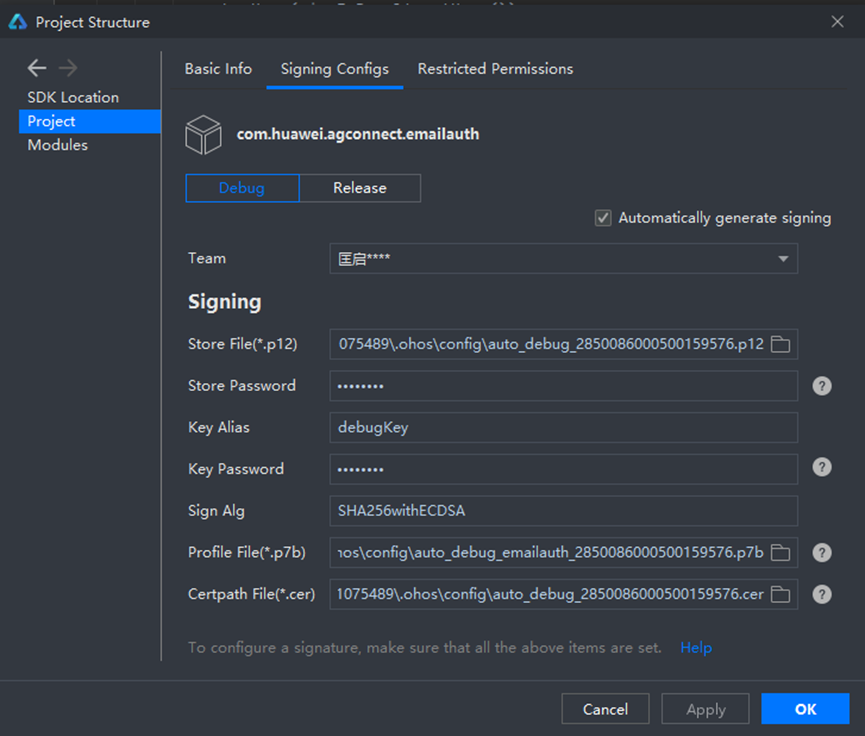

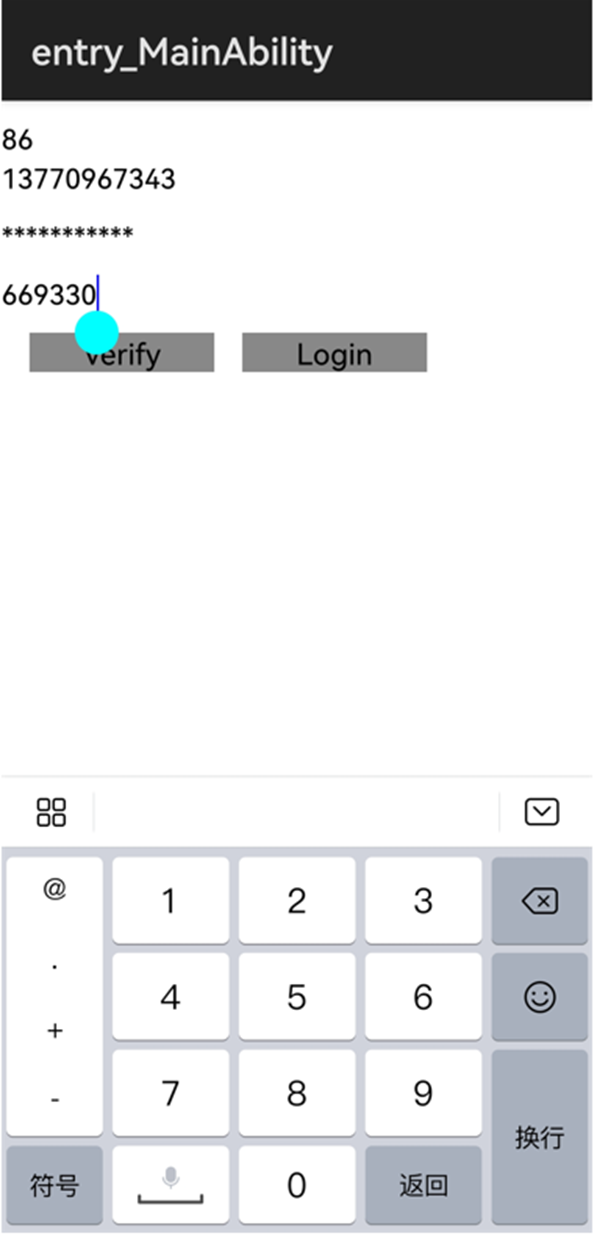

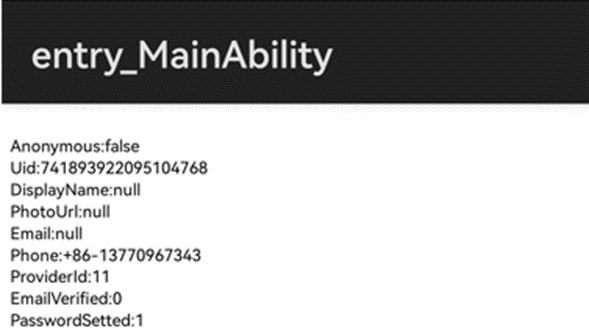
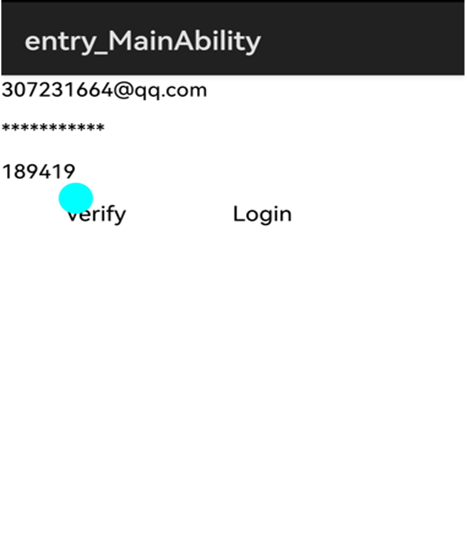

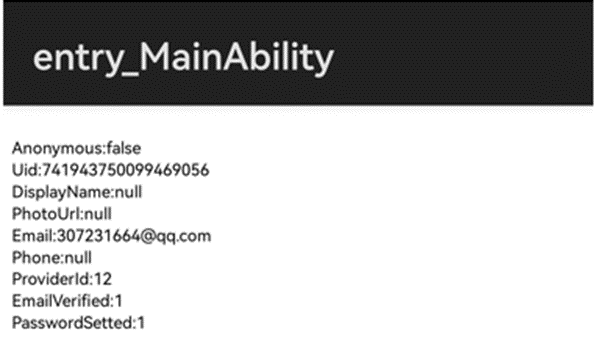
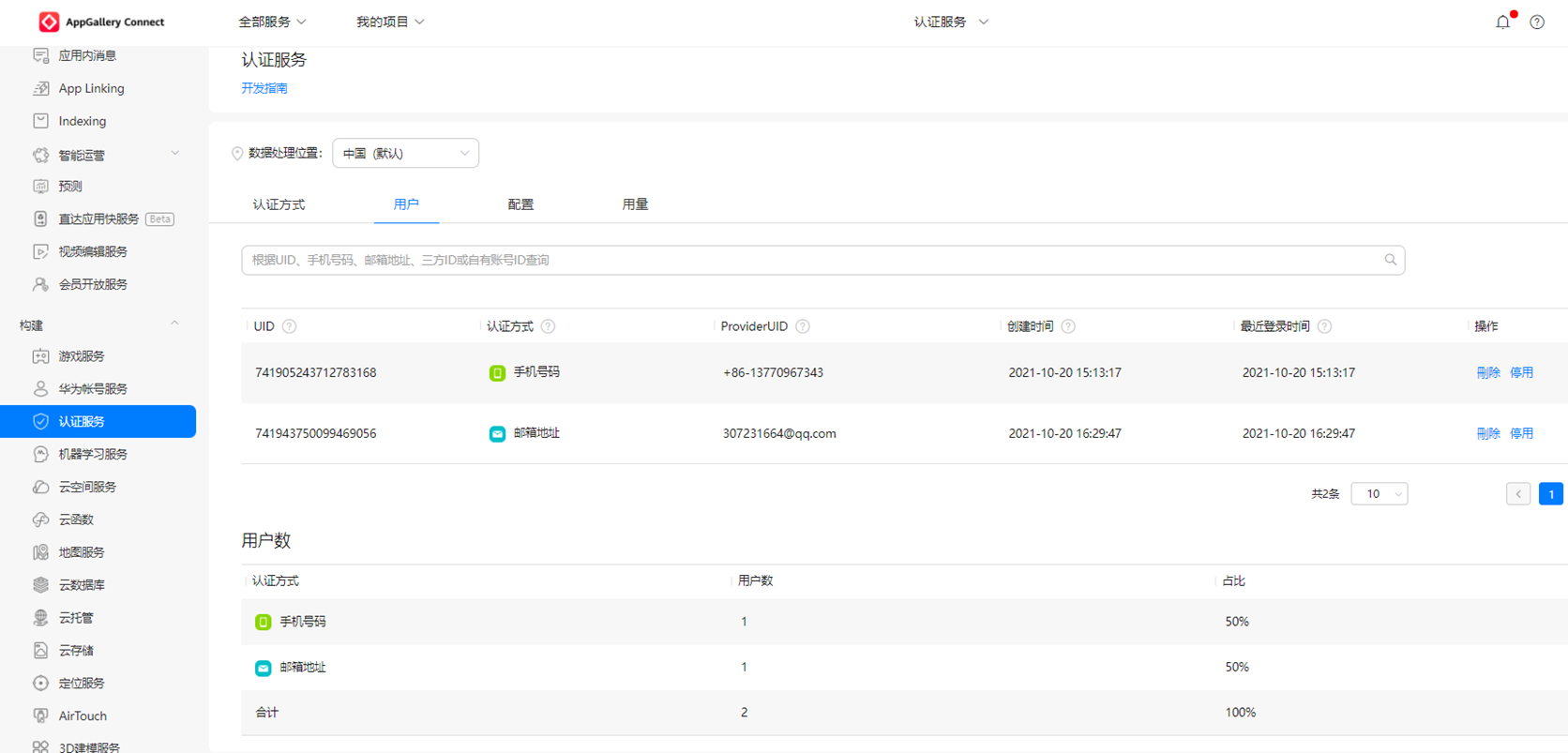
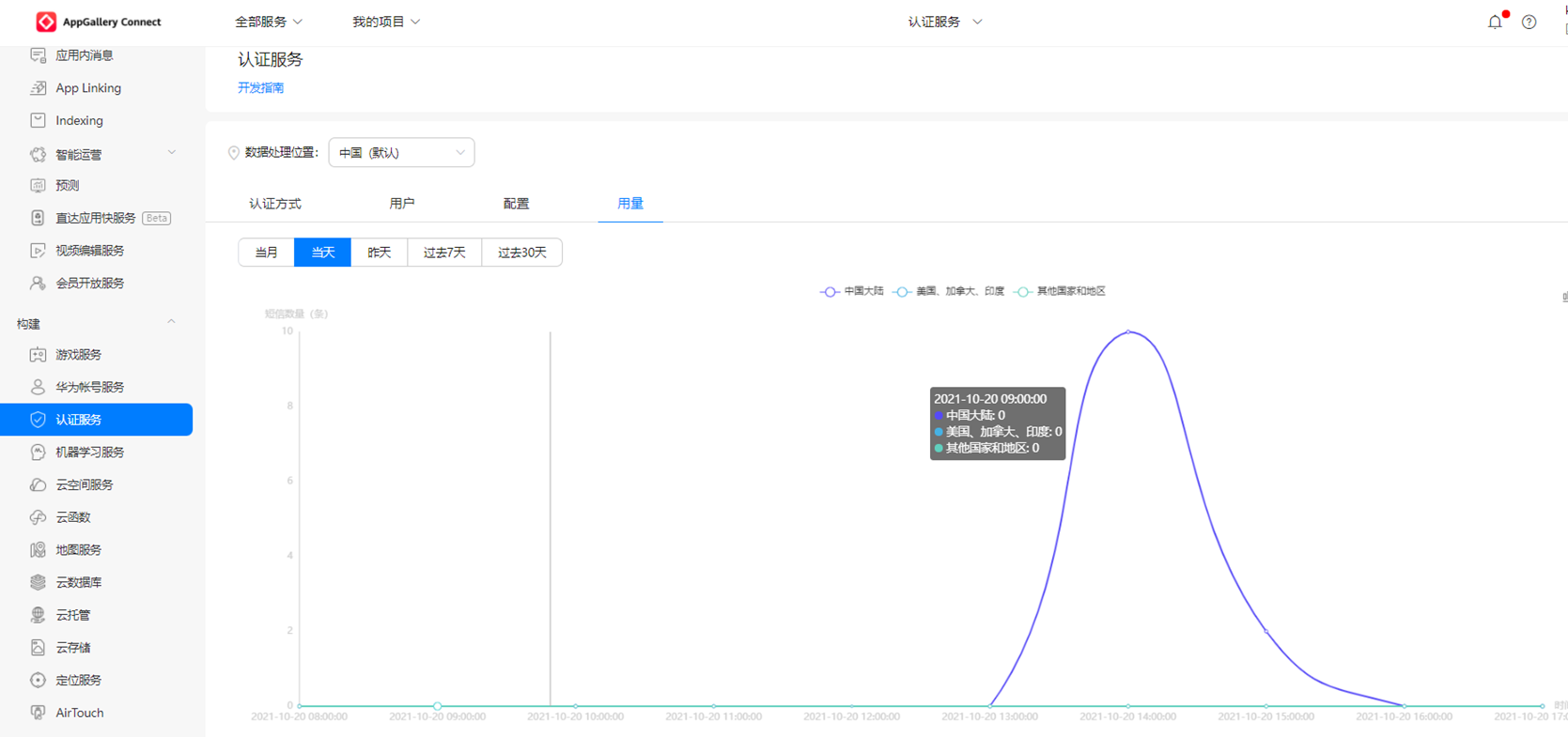



 浙公网安备 33010602011771号
浙公网安备 33010602011771号